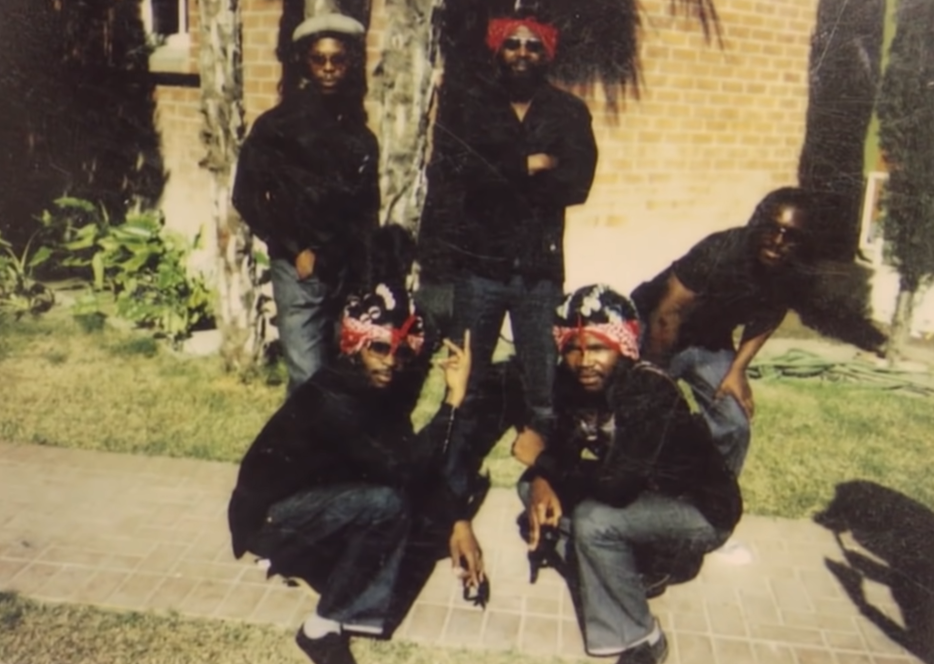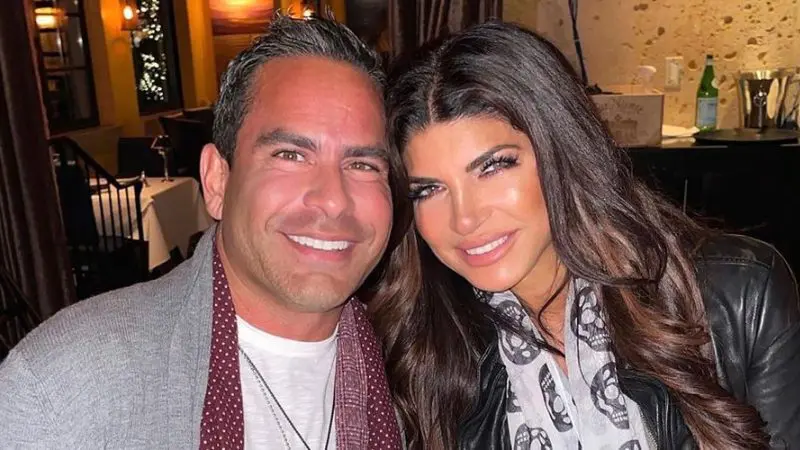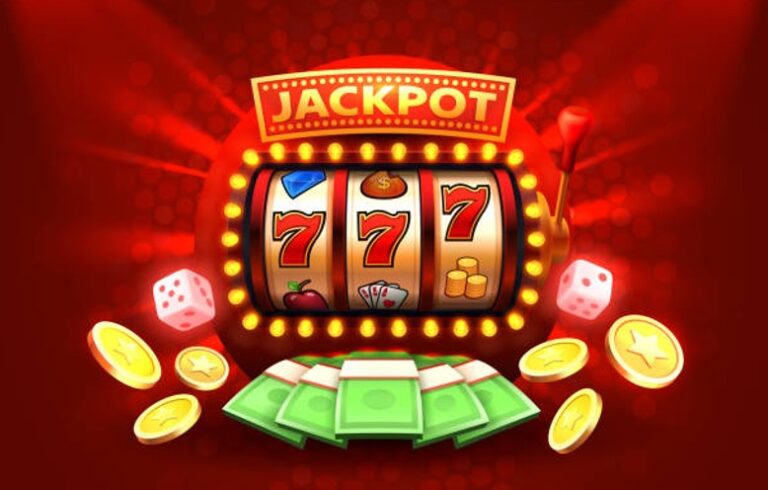The Bloods and Crips are two notorious street gangs from Los Angeles known for their longstanding and intense rivalry. As a journalist, I will delve into their history, differences, and the impact they have on gang culture and society. By understanding the complexities of this rivalry, we can gain valuable insight into the world of street gang conflicts and the challenges they present.
Table of Contents
Key Takeaways:
- The Bloods and Crips are rival street gangs with a history rooted in Los Angeles.
- Their formation, beliefs, and values differ significantly, leading to a longstanding rivalry marked by violence and crime.
- Both gangs use distinctive symbols and behaviors to identify themselves and communicate within their communities.
- Gang activities extend beyond territorial disputes, including drug trafficking, assault, and murder.
- Law enforcement strategies aim to dismantle gang control and provide support for at-risk youth.
History of Bloods and Crips
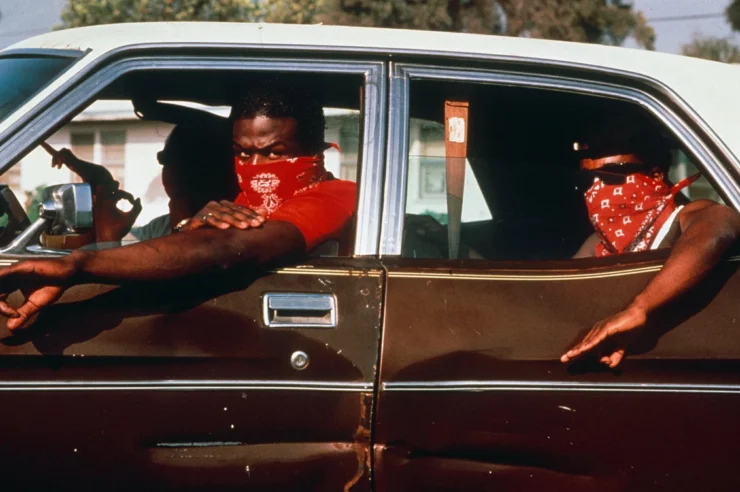
The Bloods and Crips have a complex history that traces back to the 1960s in Los Angeles. The formation of these two gangs was driven by different purposes and circumstances.
The Bloods originated as a response to the challenges and oppression faced by African-American communities. They formed as a means of self-protection and to carry out criminal activities. On the other hand, the Crips emerged as a neighborhood protection group aimed at combating police brutality and racial discrimination.
Over the years, the rivalry between the Bloods and Crips has intensified, leading to a significant increase in violence and criminal activities. Both gangs have become involved in various illegal activities, including drug trafficking, robbery, murder, extortion, and prostitution.
Key Events in the History of Bloods and Crips
- 1960s: The Crips are formed by Raymond Washington and Stanley Williams in Los Angeles.
- 1972: The Bloods are established as a response to the growing influence of the Crips.
- 1980s: The Bloods and Crips expand their territories and engage in intense clashes and violence.
- 1990s: The gang violence reaches its peak, with both gangs involved in high-profile shootings and feuds.
Despite efforts by law enforcement and community organizations to address gang violence, the Bloods and Crips continue to be prominent and influential gangs in Los Angeles and other parts of the United States.
“The history of the Bloods and Crips reflects the social and economic challenges faced by marginalized communities. Understanding their origins can shed light on the factors that contribute to gang violence in Los Angeles and beyond.” – Gang History Expert
Differences in Color and Symbols
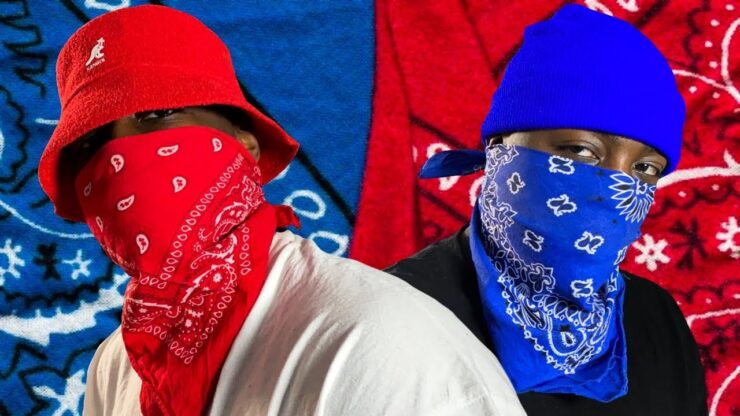
The Bloods and Crips use distinct colors and symbols to represent their respective gangs. These visual cues play a crucial role in identifying gang members and signaling allegiance.
Gang Colors
- The Bloods wear the color red, which symbolizes their loyalty and solidarity as a gang.
- The Crips, on the other hand, wear blue, representing their unity and commitment to their group.
Gang Symbols
The Bloods and Crips also utilize unique symbols to distinguish themselves.
| Symbol | Meaning |
|---|---|
| The Bloods’ Three-Dot Triangle | Represents the gang’s core values: love, respect, and loyalty. It is often displayed as a small tattoo or worn as a piece of clothing. |
| The Crips’ Six-Pointed Star | Symbolizes the six original members of the gang and their dedication to unity and brotherhood. It can be seen as a tattoo or incorporated into graffiti. |
In addition to colors and symbols, both gangs and specific terminology to communicate and identify each other. These gestures and slang terms help establish recognition and maintain the bonds within the gang.
“Color and symbols are essential elements of gang culture. They serve as visual markers of identity and loyalty, allowing gang members to communicate their affiliation even without words.”
Geographic Areas of Influence
The Bloods and Crips, two notorious street gangs from Los Angeles, have established different geographic areas of influence across the United States. The Bloods predominantly dominate the West Coast and Eastern US, while the Crips have a stronghold in the West Coast and Mid-Western/Southern US. These territories can shift over time due to various factors such as migration patterns, law enforcement efforts, and inter-gang conflicts.
The Bloods’ influence extends from California, where the gang originated, to cities like Chicago, New York, and Atlanta. They have a significant presence in areas such as Compton, Long Beach, and South Los Angeles. The Crips, on the other hand, are deeply rooted in neighborhoods like South Central Los Angeles and have expanded their reach to cities like St. Louis, Dallas, and Houston. Their influence is particularly strong in regions like Watts, Inglewood, and South Central LA.
It is essential to note that the territories controlled by these gangs are not fixed, and clashes between rival gangs or law enforcement can lead to power shifts. Additionally, smaller gangs and factions influenced by the Bloods and Crips may emerge in various locations, further complicating the gang dynamics. The colors red and blue, closely associated with these gangs, serve as identifiers and symbols of their territories.
| Bloods | Crips |
|---|---|
| Los Angeles | Los Angeles |
| Chicago | St. Louis |
| New York | Dallas |
| Atlanta | Houston |
Vulnerable Communities and Gang Influence

The presence of the Bloods and Crips in these areas has had a significant impact on the communities they operate in. Gang violence, drug trafficking, and other criminal activities associated with these gangs pose serious challenges for law enforcement and the residents. The influence of gangs can contribute to a cycle of poverty, fear, and social unrest, making it challenging to break free from the grip of unlawful activities.
Addressing gang influence requires a holistic approach that encompasses targeted law enforcement efforts, community engagement, and social programs. It is crucial to provide resources and opportunities for at-risk youth to prevent their recruitment into gang activities. Additionally, community-based initiatives that promote education, job training, and mentorship can offer alternatives to gang involvement and help individuals reintegrate into society.
Law enforcement agencies work diligently to disrupt gang operations, dismantle their structures, and apprehend key members. Multi-agency collaborations, intelligence-sharing, and strategic enforcement efforts contribute to reducing gang influence and violence. However, eradicating gang presence entirely is a complex task that requires sustained efforts from both the authorities and the communities affected by gang activities.
Gang Activities and Criminality
Gang activities are a pervasive issue in society, with the Bloods and Crips being no exception. These gangs engage in a wide range of criminal activities, including drug trafficking, assault, and murder, to establish dominance and control over their territories. Their involvement in these illegal enterprises fuels violence and contributes significantly to the high rates of crime associated with these gangs.
Group dynamics play a crucial role in gang behavior, as disputes over territory and drug markets often lead to violent confrontations. Firearms are prevalent within these gangs, serving as tools to maintain control and settle disputes among members. It is estimated that approximately 10% of violent crimes in the United States are connected to gang activity, highlighting the significant impact these gangs have on overall public safety.
“Gangs are responsible for a significant portion of violent crime in our communities. They prey on vulnerable individuals, engage in criminal enterprises, and perpetuate a cycle of violence,” says Police Chief Johnson.
The impact of gang activities and criminality extends beyond the immediate physical harm caused by acts of violence. It affects the social fabric of communities, instilling fear and undermining trust in law enforcement. Additionally, the lucrative nature of illegal activities, such as drug trafficking, contributes to the cycle of poverty and addiction in affected areas.
| Gang Activity | Criminality | Gang Violence |
|---|---|---|
| Drug Trafficking | Robbery | Assault |
| Prostitution | Murder for hire | Firearm-related crimes |
| Extortion | Fraud | Victim intimidation |
Efforts to mitigate gang activities and criminality involve a multi-faceted approach that includes law enforcement strategies, community outreach, and prevention programs. By disrupting drug trafficking networks, identifying and apprehending gang members, and providing support to victims, stakeholders aim to reduce the influence and control of these gangs over communities.
Rivalries with Other Gangs
The Bloods and Crips, two notorious street gangs in Los Angeles, not only have a longstanding rivalry with each other but also engage in conflicts with other gangs. These rivalries often result in violence and further exacerbate the already high levels of gang-related crime in the city.
Both the Bloods and Crips compete with other gangs for control over drug routes and turf, leading to intense territorial disputes. The violence that erupts from these rivalries can be triggered by minor provocations and can quickly escalate out of control, even after a temporary truce is called.
In addition to their rivalry with one another, the Bloods and Crips are forced to navigate complex dynamics involving smaller gangs aligning themselves with one of the major gangs. This further complicates the situation and adds to the tension and violence in the gang landscape of Los Angeles.
One example of the intense conflicts that can arise from these rivalries is the series of shootings that occurred at Los Angeles schools in the 1980s. These incidents highlight the devastating consequences of gang conflicts and the urgent need for effective strategies to address the root causes of gang violence.
| Gang | Rivalries |
|---|---|
| Bloods |
|
| Crips |
|
These rivalries continue to pose significant challenges for law enforcement agencies as they strive to maintain peace and safety in the communities affected by gang violence. Efforts to address gang conflicts require a multifaceted approach that includes community engagement, social programs, and effective law enforcement strategies to disrupt and dismantle gang activities.
Gang Hierarchy and Leadership
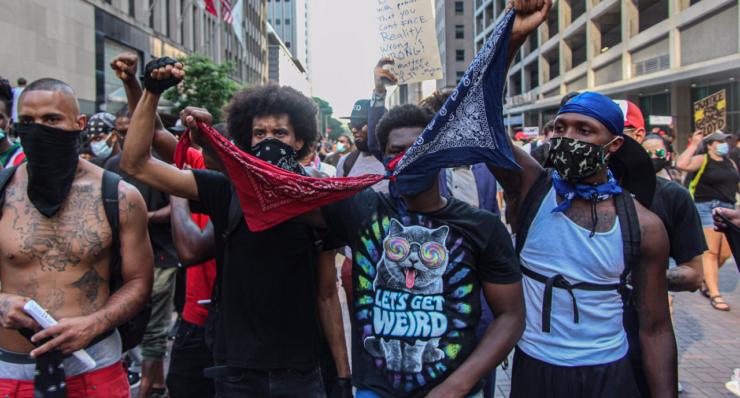
Gangs like the Bloods and Crips have a complex hierarchy with various ranks and leaders. This organized structure plays a crucial role in maintaining control, enforcing rules, and carrying out criminal activities. Understanding the gang hierarchy and leadership is essential in comprehending the dynamics and operations of these notorious street gangs.
At the top of the gang hierarchy are the elite members who hold the highest positions and exert significant influence over the gang’s activities. They are responsible for issuing orders, making strategic decisions, and ensuring the gang’s survival and dominance. These leaders are often experienced, well-respected, and feared within the gang and its surrounding community.
Below the elite members, the gang leadership structure typically includes roles such as president, vice-president, treasurer, sergeant-at-arms, enforcer, and general member. Each rank has specific responsibilities and responsibilities, ensuring that the gang operates efficiently and maintains its power.
The hierarchy also extends to the street level, where younger or less experienced members may report to higher-ranking members. This chain of command ensures discipline, loyalty, and adherence to the gang’s rules and codes. The rank and file members may be involved in various criminal activities, such as drug trafficking, robbery, and violence, under the direction of their superiors.
| Rank | Responsibilities |
|---|---|
| President | Overall leadership and decision-making |
| Vice-President | Support and assist the president |
| Treasurer | Manage gang’s finances and resources |
| Sergeant-at-Arms | Enforce gang rules and discipline members |
| Enforcer | Carry out acts of violence and intimidation |
| General Member | Engage in various criminal activities |
It is important to note that the gang hierarchy is not fixed and can evolve over time. Leadership positions may change hands due to arrests, deaths, or internal disputes. Additionally, external factors such as law enforcement crackdowns or community initiatives can disrupt the gang’s structure and influence.
Understanding the gang hierarchy and leadership provides valuable insights into the inner workings of the Bloods and Crips. It highlights the role of individuals at different ranks and their impact on the gang’s operations. By dismantling the leadership and disrupting the hierarchy, law enforcement and community stakeholders aim to weaken the influence and control of these street gangs.
Response of Law Enforcement
Law enforcement agencies have implemented various strategies and initiatives to address the issues associated with the Bloods and Crips gangs. These efforts aim to prevent gang activity, disrupt criminal operations, and provide support to affected communities. By understanding the dynamics of gang culture and collaborating with other agencies, law enforcement is working towards reducing the influence of these gangs.
One of the key strategies employed by law enforcement is intelligence operations. Through gathering information and analyzing data, agencies are able to identify gang leaders, members, and their activities. This enables targeted investigations to apprehend key individuals and dismantle gang networks. Collaboration with federal agencies, such as the FBI and DEA, assists in disrupting drug trafficking operations linked to the Bloods and Crips.
“We are committed to ensuring the safety and well-being of our communities. By actively targeting gang members and disrupting their criminal activities, we aim to create a safer environment for all residents.” – Chief of Police, Los Angeles Police Department
Law enforcement agencies also prioritize community outreach and gang prevention programs. By engaging with community members, particularly young people at risk of joining gangs, law enforcement aims to deter them from engaging in criminal activities. Education and awareness campaigns are conducted in schools and community centers to provide information about the dangers of gang involvement and offer alternatives such as mentorship programs, job training, and after-school activities.
Efforts to combat gang violence extend beyond law enforcement. Government agencies, non-profit organizations, and community stakeholders work together to provide resources and support to victims of gang violence. Rehabilitation programs and job placement assistance are offered to gang members who choose to leave the lifestyle behind. By addressing the root causes of gang involvement and providing opportunities for positive change, these initiatives aim to break the cycle of violence and create a safer future for affected communities.
| Law Enforcement Strategies | Anti-Gang Initiatives |
|---|---|
|
|
| Benefits | Goals |
|
|
Conclusion
In conclusion, the Bloods and Crips are two notorious street gangs with a longstanding and intense rivalry. Despite some similarities, these gangs have distinct differences in their history, values, symbols, and geographic areas of influence. Gang violence and criminal activities associated with the Bloods and Crips are major concerns that have a significant impact on communities across the United States.
Efforts to combat gang violence include education, community outreach, and law enforcement strategies. Government and community stakeholders must collaborate and provide resources for at-risk youth. By dismantling gang control over communities and supporting victims of gang violence, we can work towards creating safer environments.
Resolving the complex issue of gang violence requires a multi-faceted approach. It involves addressing the root causes of gang involvement, such as social and economic inequalities, as well as providing opportunities for education, employment, and personal development. By focusing on prevention and rehabilitation, we can strive to break the cycle of violence and offer individuals a chance for a brighter future.
FAQ
What are the Bloods and Crips?
The Bloods and Crips are two notorious street gangs from Los Angeles with a long-standing rivalry.
How did the Bloods and Crips form?
The Bloods formed as a means of self-protection and criminal activity, while the Crips were created to combat police brutality and racism.
What are the differences in colors and symbols used by the Bloods and Crips?
The Bloods wear red and use a three-dot symbol in a triangle shape, while the Crips wear blue and use a six-pointed star symbol.
Where do the Bloods and Crips have influence?
The Bloods dominate the West Coast and Eastern US, while the Crips have a stronghold in the West Coast and Mid-Western/Southern US.
What criminal activities are associated with the Bloods and Crips?
The Bloods and Crips are involved in various illegal activities, including drug trafficking, robbery, murder for hire, extortion, and prostitution.
Do the Bloods and Crips have rivalries with other gangs?
Yes, the Bloods and Crips have rivalries with other gangs in Los Angeles and compete for drug routes and turf control.
How is the gang hierarchy structured?
The Bloods and Crips have complex hierarchies with various ranks and leaders, including roles such as president, vice-president, treasurer, sergeant-at-arms, enforcer, and general member.
How do law enforcement authorities respond to the Bloods and Crips?
Law enforcement’s approach includes intelligence operations, targeted investigations, and community outreach, aiming to dismantle gang control and provide resources for at-risk youth.
What are the main concerns associated with the Bloods and Crips?
Gang violence, criminal activities, and their influence on society are major concerns associated with the Bloods and Crips.
Source Links
- https://mcac.maryland.gov/2023/06/blood-vs-crips-exploring-the-differences-between-the-battle-of-rivals/
- https://www.grunge.com/370781/the-complex-history-of-the-crips-and-the-bloods-rivalry/
- https://www.documentary.org/column/gangtown-stacy-peralta-takes-bloods-and-crips
